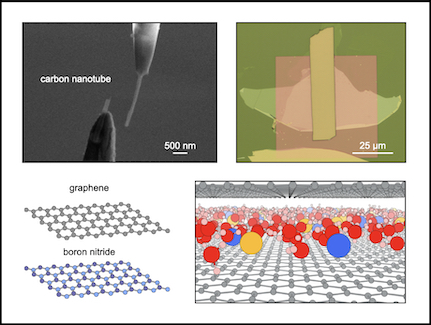Drops – Repelling water, large scale wetting
Drops – Repelling water, large scale wetting
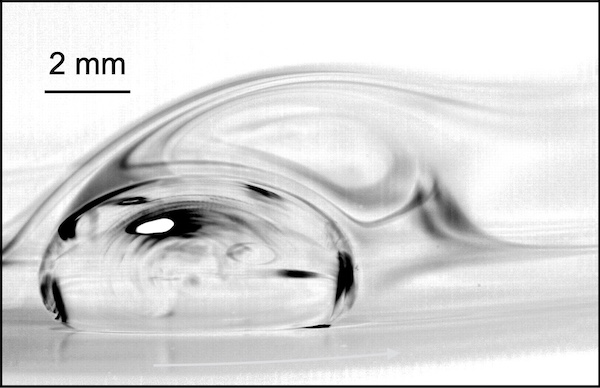
Superhydrophobic frictions
with Pascal Raux, Christophe Clanet and David Quéré
The matchless mobility of water on superhydrophobic materials is often considered as the hallmark of water repellency. The friction of drops is indeed found to be unusual: instead of observing classical friction such as due to contact line and liquid viscosity, we show that the main source of resistance to the water motion arises from the air around it. This explains why the drop velocity becomes quasi-independent of its viscosity at low viscosity and more generally why the mobility is so high. We also discuss the case of more viscous liquids whose rolling motion induces a bulk viscous dissipation that caps the mobility.
Proceedings of the National Academy of Sciences, 116, 8220-8223, 2019
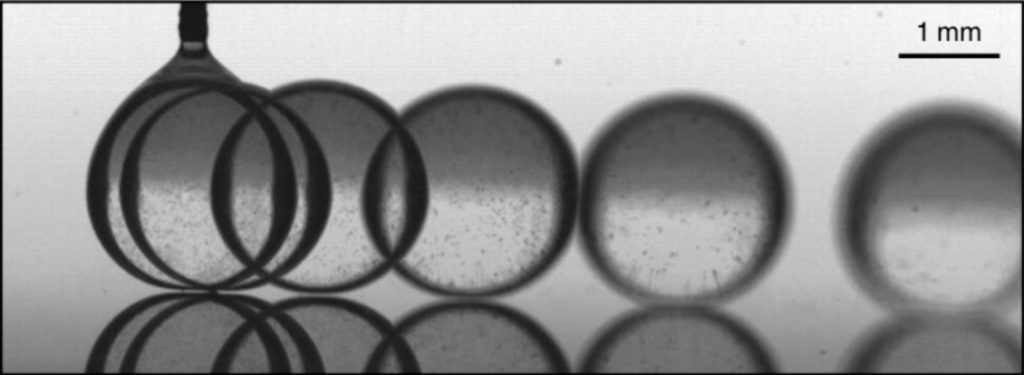
Leidenfrost wheels
with Ambre Bouillant, Philippe Bourrianne, Antoine Lagarde, Christophe Clanet and David Quéré
As reported in 1756 by Johann Gottlob Leidenfrost, volatile liquids on hot solids form “gleaming drops resembling quicksilver”, a consequence of their levitation on a vapour cushion. This makes the drops spectacularly mobile. Here we report that Leidenfrost droplets initially at rest on horizontal substrates self-rotate and self-propel in the direction they are rolling, in the absence of any source of asymmetry or external force. Their rapid internal flow is found to be accompanied by a tilting of their base, which creates a permanent ratchet-like mechanism, entraining the rolling liquid despite the fact that it is not in contact with its substrate. Discover this research in video (thanks to Ambre Bouillant).
Nature Physics, 14, 1188–1192, 2018
Physical Review Fluids, 3, 100502, 2018
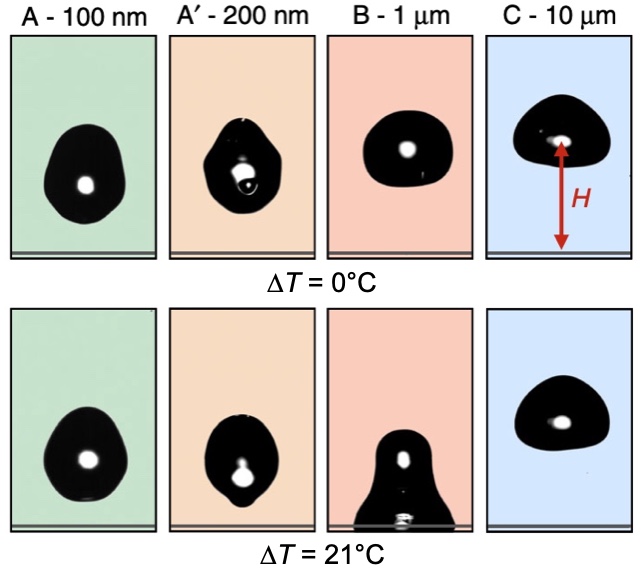
Two recipes for repelling hot water
with Pierre Lecointre, Gaëlle Lehoucq, Antonio Checco, Christophe Clanet and David Quéré
Although a hydrophobic microtexture at a solid surface most often reflects rain owing to the presence of entrapped air within the texture, it is much more challenging to repel hot water. As it contacts a colder material, hot water generates condensation within the cavities at the solid surface, which eventually builds bridges between the substrate and the water, and thus destroys repellency. Here we show that both “small” (~100 nm) and “large” (~10 μm) model features do reflect hot drops at any drop temperature and in the whole range of explored impact velocities. Hence, we can define two structural recipes for repelling hot water: drops on nanometric features hardly stick owing to the miniaturization of water bridges, whereas kinetics of condensation in large features is too slow to connect the liquid to the solid at impact.
Nature Communications, 10, 1410, 2019
Droplets -Antifogging, antifrosting
Droplets – Antifogging nanostructures
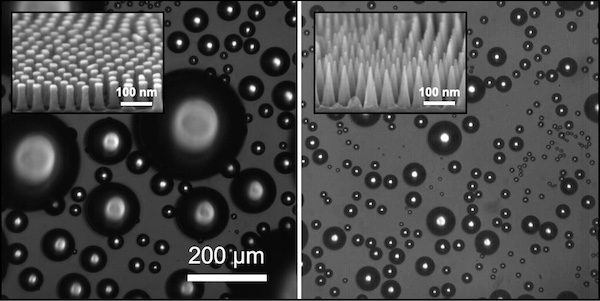
Antifogging abilities of model nanotextures
with Gaëlle Lehoucq, Stéphane Xavier, Antonio Checco, Charles T. Black, Atikur Rahman, Thierry Midavaine, Christophe Clanet and David Quéré
Nanometre-scale features with special shapes impart a broad spectrum of unique properties to the surface of insects. These properties are essential for the animal’s survival, and include the low light reflectance of moth eyes, the oil repellency of springtail carapaces and the ultra-adhesive nature of palmtree bugs. Antireflective mosquito eyes and cicada wings are also known to exhibit some antifogging and self-cleaning properties. In all cases, the combination of small feature size and optimal shape provides exceptional surface properties. In this work, we investigate the underlying antifogging mechanism in model materials designed to mimic natural systems, and explain the importance of the texture’s feature size and shape. While exposure to fog strongly compromises the water-repellency of hydrophobic structures, this failure can be minimized by scaling the texture down to nanosize. This undesired effect even becomes non-measurable if the hydrophobic surface consists of nanocones, which generate antifogging effciency close to unity and water departure of droplets smaller than 2 μm.
Nature Materials, 16, 658–663, 2017
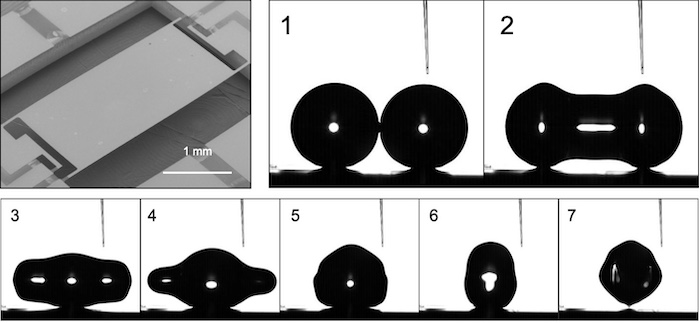
How merging droplets jump off a superhydrophobic surface
with Thanh-Vinh Nguyen, Hidetoshi Takahashi, Christophe Clanet, Isao Shimoyama and David Quéré
We investigate how drops merging on a nonwettable surface jump off this surface, for both symmetric and asymmetric coalescences. For this purpose, we design and build a microelectromechanical system sensor able to quantify forces down to the micro-Newton scale at a high acquisition rate (200 kHz). Using this device, we perform direct force measurements of self-propelled droplets coupled to high-speed imaging. Experimental data show that the total momentum of the drop after coalescence mainly depends on the size of the smaller drop. Exploiting this finding, we quantitatively predict the takeoff speed of jumping drop pairs and show how to correct the usual argument based on energy conservation.
Physical Review Fluids, 2, 112001, 2017
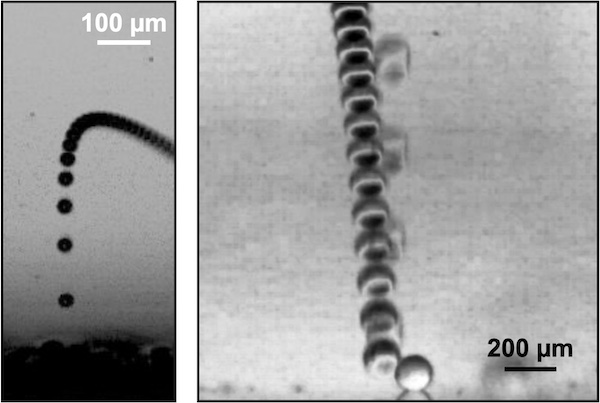
Ballistics of self-jumping microdroplets
with Pierre Lecointre, Antonio Checco, Charles T. Black, Atikur Rahman, Christophe Clanet and David Quéré
We demonstrate in this paper that the jumping speed of drops is nonmonotonic with the drop size, showing a maximum around 5 μm (a size commonly observed in dew), below and above which viscous and inertial effects, respectively, impede the takeoff. We quantitatively describe this optimum in antifogging. We also studied the ballistics of the jumping microdrops, from the height they reached to their behavior at landing; a situation where retakeoff is surprisingly found to be nearly unachievable despite the extreme nonwettability of the material.
Physical Review Fluids, 4, 013601, 2019
Nanofluidics – Ions and fluids at the molecular scale
Nanofluidics – Ions and fluids at the molecular scale
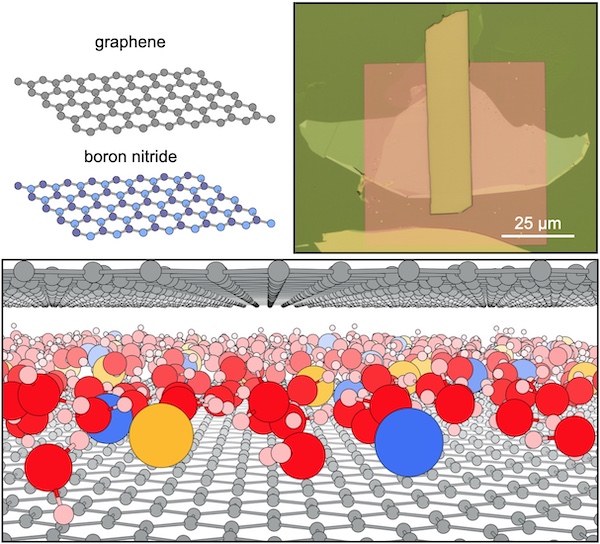
Molecular streaming and its voltage control in Angström scale channels
with Ashok Keerthi, Anthony R. Poggioli, Sidra A. Dar, Alessandro Siria, Andre K. Geim, Lydéric Bocquet and Radha Boya
The field of nanofluidics has shown considerable progress over the past decade thanks to key instrumental advances, leading to the discovery of a number of exotic transport phenomena for fluids and ions under extreme confinement. Recently, van der Waals assembly of 2D materials allowed fabrication of artificial channels with ångström-scale precision. This ultimate confinement to the true molecular scale revealed unforeseen behaviour for both mass and ionic transport. In this work, we explore pressure-driven streaming in such molecular-size slits and report a new electro-hydrodynamic effect under coupled pressure and electric force. It takes the form of a transistor-like response of the pressure induced ionic streaming: an applied bias of a fraction of a volt results in an enhancement of the streaming mobility by up to 20 times. The gating effect is observed with both graphite and boron nitride channels but exhibits marked material dependent features. Our observations are rationalized by a theoretical framework for the flow dynamics, including the frictional interaction of water, ions and the confining surfaces as a key ingredient. The material dependence of the voltage modulation can be traced back to a contrasting molecular friction on graphene and boron nitride. The highly nonlinear transport under molecular-scale confinement offers new routes to actively control molecular and ion transport and design elementary building blocks for artificial ionic machinery, such as ion pumps. Furthermore, it provides a versatile platform to explore electro-mechanical couplings potentially at play in recently discovered mechanosensitive ionic channels.
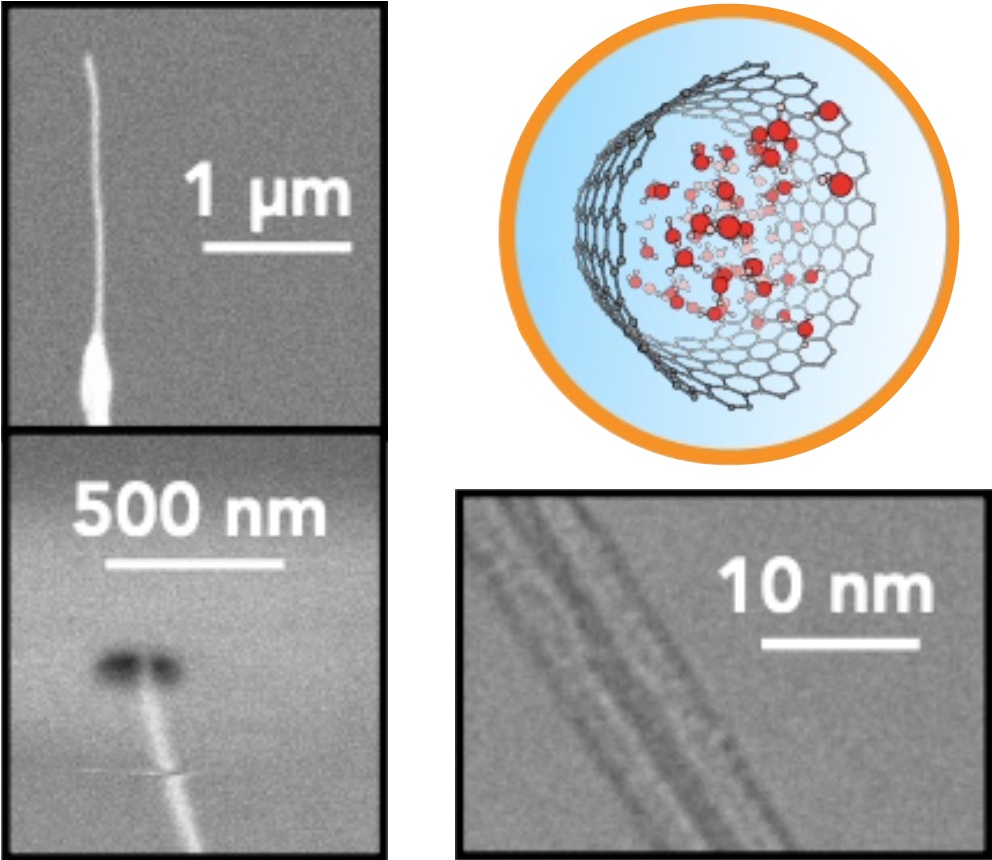
Mechanically activated ionic transport across single digit carbon nanotubes
with Alice Marcotte, Antoine Niguès, Alessandro Siria and Lydéric Bocquet
The artificial nanofluidic devices are still far from the advanced functionalities existing in biological systems, such as electrically and mechanically activated transport. Here we focus on the ionic transport through 2 nm-radius individual multiwalled carbon nanotubes (CNT), under the combination of mechanical and electrical forcings. Our findings evidence mechanically activated ionic transport under the form of an ionic conductance which depends quadratically on the applied pressure. Our theoretical study relates this behaviour with the complex interplay between electrical and mechanical drivings, and shows that the superlubricity of CNT is a prerequisite to attain mechanically activated transport. The pressure sensitivity shares similarities with the response of biological mechanosensitive ion channels observed here for the first time in an artificial system. This paves the way to build new active nanofluidic functionalities inspired by the complex biological machinery.
